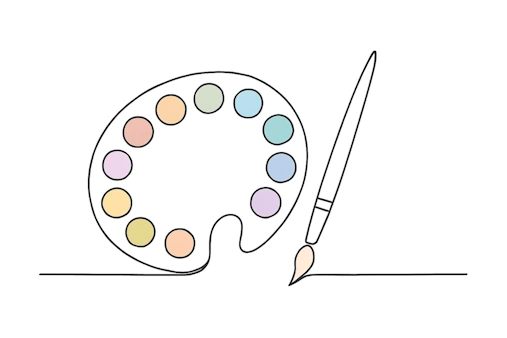The Science Behind: Guided Mindfulness Meditation
guided mindfulness practice
Mindfulness meditation trains attention on what is happening right now—breath, sensations, sounds, or thought flow. When it becomes guided mindfulness meditation, a live teacher or prerecorded voice supplies gentle prompts that keep awareness from drifting, much as lane markers help a driver at night. (We have attached a list of free and paid apps and downloads to help you get started at the end of this post.) [1] hopkinsmedicine.org
Researchers began looking inside the brain of meditators in the late 1990s. A Harvard team used functional MRI to scan clinically depressed patients before and after an eight-week guided program; activity in the amygdala, a hub for stress and rumination, quieted even when participants were not meditating. [2] news.harvard.edu Subsequent studies replicated structural changes in memory- and self-regulation circuits, suggesting that the practice leaves a measurable neural footprint.

Clinical trials now number in the hundreds. Meta-analyses find that guided mindfulness meditation produces moderate, reliable improvements in depression, chronic pain, and generalized anxiety—benefits on par with established first-line therapies. [3] nccih.nih.gov Physiological data keep pace: regular sessions correlate with lower inflammatory markers and small but significant reductions in blood pressure.
Adoption has grown with the evidence. National survey data show U.S. adult meditation use rising from 7.5% in 2002 to 17.3% in 2022, making meditation the most popular complementary-health approach ahead of yoga and massage. [4] nccih.nih.gov
What distinguishes daily guided meditation from weekly classes is cadence. External cues delivered every day remove decision fatigue, prevent drowsy drift, and—by returning attention to a chosen anchor over and over—strengthen interoceptive circuits that notice body signals in real time. In depressed patients, this repetitive re-anchoring appears to interrupt cycles of self-critique and rumination. [5] news.harvard.edu
Safety profiles are reassuring. Major institutions such as Johns Hopkins describe the practice as low-risk for most healthy adults, though they note that rigorous adverse-event tracking is still sparse. [6] hopkinsmedicine.org
Limitations remain. Effect sizes are modest, many trials are small, and scientists still debate which ingredients—session length, teacher expertise, or the balance of silence and instruction—drive outcomes. Active-control designs show that mindfulness matches, but rarely exceeds, other evidence-based treatments. [7] news.harvard.edu Ongoing research therefore focuses on refining protocols so future daily guided meditation curricula target specific populations with greater precision.
Why does it matter? Guided practice offers an accessible doorway into present-moment awareness. Rehearsed daily, it becomes a scalable exercise in neuroplasticity—one that steadily reshapes attention, mood, and stress physiology. The science is still maturing, yet current data position daily guided meditation as a credible, low-cost means of supporting the mind-body connection.
Footnotes
Johns Hopkins Medicine. Mindfulness Meditation (accessed June 8 2025). hopkinsmedicine.org
Powell, A. “When Science Meets Mindfulness.” Harvard Gazette, Apr 9 2018. news.harvard.edu
National Center for Complementary and Integrative Health. Meditation and Mindfulness: Effectiveness and Safety, updated 2022. nccih.nih.gov
Ibid., U.S. National Health Interview Survey data (2002 vs 2022). nccih.nih.gov
Mineo, L. “Less Stress, Clearer Thoughts with Mindfulness Meditation.” Harvard Gazette, Apr 17 2018. news.harvard.edu
Johns Hopkins Medicine. Mindfulness Meditation—section on guided audio. hopkinsmedicine.org
Desbordes G. et al., ongoing Harvard/MGH fMRI studies on mindfulness-based cognitive therapy
- Apps
- Free
- https://hminnovations.org/meditation-app
- https://apps.apple.com/us/app/ucla-mindful/id1459128935?ls=1
- Paid
- https://www.headspace.com/
- https://www.wakingup.com/
- Downloadable recordings
- https://med.virginia.edu/mindfulness-center/continue-your-practice/audio-recordings/
- https://www.tarabrach.com/guided-meditations/
- https://students.dartmouth.edu/wellness-center/wellness-mindfulness/mindfulness-meditation/guided-recordings